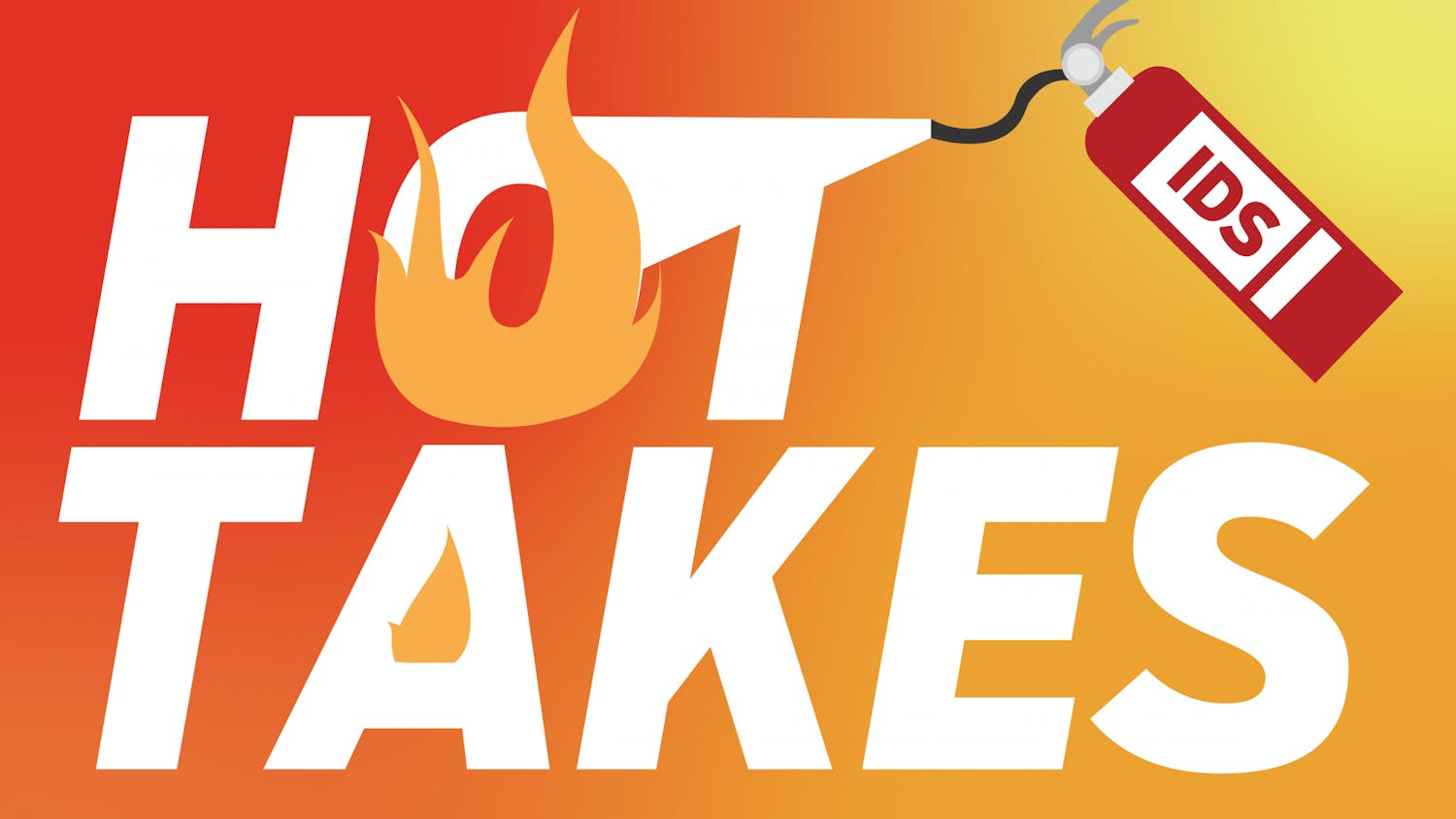Millennials are often criticized, specifically by baby boomers, for being “too soft.” Our politically correct culture and our incessant protesting is frequently cited as evidence that we’re all just a bunch of “crybabies.”
But when it comes to mental illness, stereotypes like these can be especially harmful.
The sentiment that “nowadays, everyone has a disorder” invalidates clinical problems that are actually occurring in our generation.
According to the New York Times, for decades older generations have been concerned with the amount of medication younger generations are consuming.
In the 1950s, Valium and Miltown were perceived as the drug of choice for overly anxious young people. In the early 2000s, depression permeated the nation.
Today, it’s once again anxiety.
The idea that anxiety diagnoses are becoming too frequent and millennials are simply confusing the stresses of modern life with a mental illness saturates the national dialogue.
However, while diagnoses are becoming more common, this is more likely the result of better diagnostic tools, rather than an overly anxious nation.
But even some in the psychological community worry that mental disorders are overly diagnosed, particularly among young children.
According to CNN, some international scholars claim that the DSM-5, which stands for the Diagnostic and Statistical Manual of Mental Disorders, 5th Edition, is ineffective because it often lumps a person’s symptoms into broader categories.
The American Psychological Association refuted this assertion by saying such findings are not supported by clinical data.
Additionally, the diagnostic process has become more specialized in recent years.
A group of psychiatrists and psychologists proposed a new method for diagnosing mental illnesses that relies on a mixture of techniques, including scientific evidence, individual symptoms and impaired functioning, rather than relying on only one method.
These techniques are meant to counter criticism of the DSM-5 and create a more reliable approach to addressing the problems around mental illness diagnoses.
Regardless of the improvements in the diagnostic process, however, it is true that rates of anxiety have increased.
The National Institute of Mental Health estimates that around 38 percent of teenage girls and 26 percent of teenage boys have an anxiety disorder. And on college campuses, anxiety is rapidly replacing depression as the leading mental health issue.
The Editorial Board believes this is due to the cultural context of this generation.
In seventeen years, there have been two recessions, an influx of new technology that brings with it an overwhelming amount of information, an increase in standardized testing in schools, a longer work week than even before and uncertainty in the job market, according to the New York Times.
With all of that, it’s a wonder we’re not more anxious.
Mental illness, in all forms, is difficult to diagnose. But the recent increase in anxiety among millennials shouldn’t be dismissed as a diagnostic problem or a cultural weakness.
As diagnostic procedures improve, our response to increasing anxiety levels should be focused on the causes behind the diagnoses and acknowledging the difficult reality in which millennials find themselves.
Hurling insults at millennials or dismissing their health issues only further exacerbates the problem.
Those with any mental health concern should be able to receive the help they need without being criticized for it.


